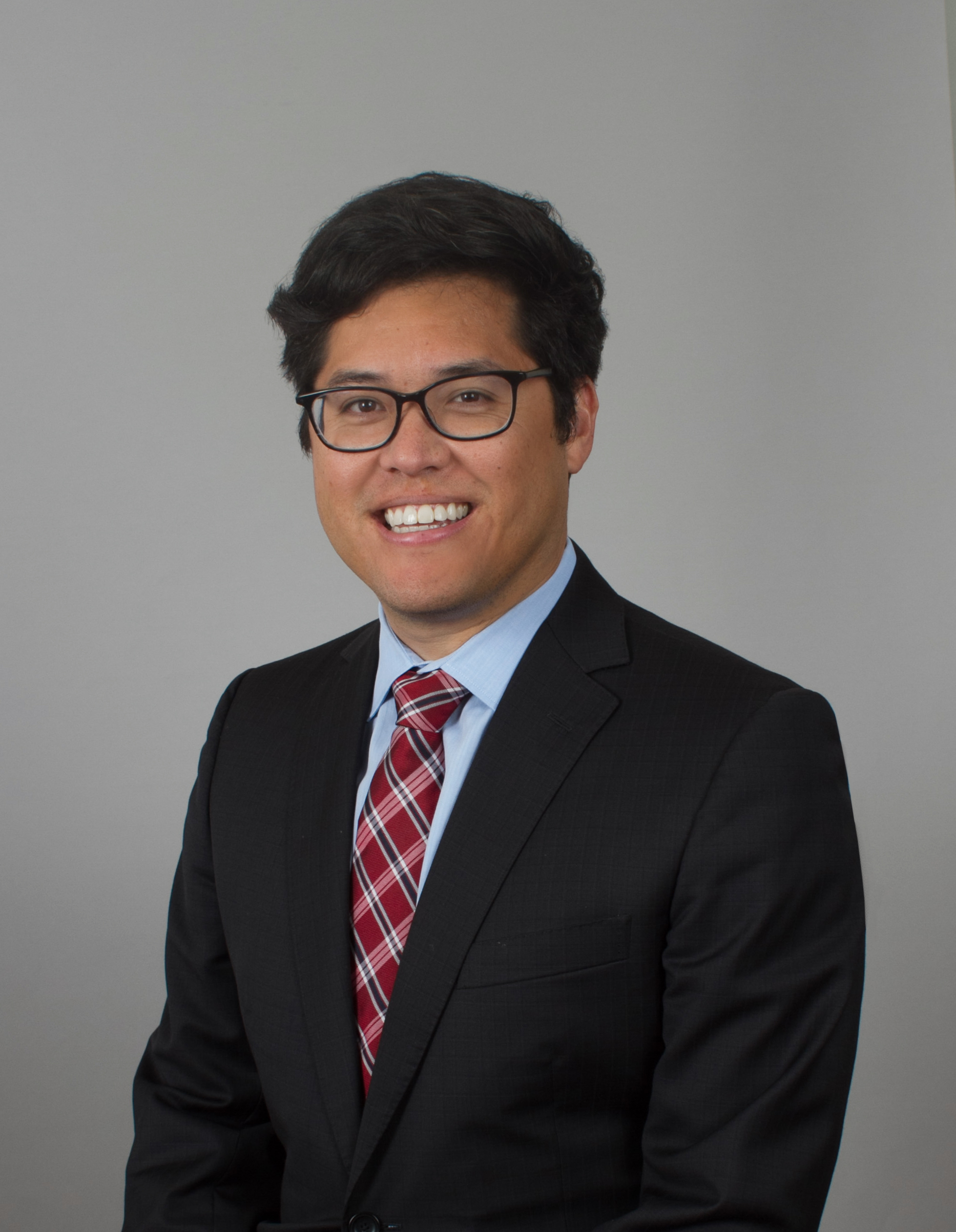Amyotrophic Lateral Sclerosis
ALS "Disease in a Dish" Creates Opportunities for Advanced Motor Neuron and Therapeutic Drug Screening



Posted June 7, 2019
Justin Ichida, Ph.D., University of Southern California

Some cases of amyotrophic lateral sclerosis (ALS), also called Lou Gehrig’s disease, are thought to be the result of genetic mutations in a specific region of DNA, such as the C9ORF72 gene region. There are only 4 FDA-approved drugs on the market to manage ALS, with each only providing modest effect. There is no cure for ALS and no proven treatments, leaving few options for ALS patients.
Drug screening using patient-derived cells is an emerging area in biomedicine and an early step in drug development. Dr. Ichida and colleagues were one of the first to perform this type of screening in ALS at a large scale. With support from a Fiscal Year 2014 ALSRP Therapeutic Development Award, Dr. Ichida developed a stem cell technology that successfully converts the blood cells of ALS patients into a model of C9ORF72 ALS motor neurons. Dr. Ichida has shown that these patient-derived motor neurons die faster than normal motor neurons and that they demonstrate the “disease in a dish.” In addition, the team developed a high throughput screening technique incorporating image analysis software that allows for automated detection of the rate of neurodegeneration in the cells following treatment. In collaboration with Icagen, Inc. and DRVision Technologies LLC, Dr. Ichida’s team is using this technique to screen the effects of roughly 40,000 different small molecule compounds as well as combinations of drugs that that synergize to generate a greater neuroprotective effect. Several drugs already FDA-approved have shown promise slowing the degeneration of C9ORF72 motor neurons.
Dr. Ichida has presented the results of his team’s work thus far at several prominent meetings including to audiences composed of both ALS and other neurodegenerative disease patients, as well as fellow neurologists. The project results were also published in Nature Medicine in March 2018. The team is currently working to develop the analysis software further, to complete screening on the 40,000 compounds with Icagen, Inc., and to verify top therapeutic candidates by re-testing them in additional ALS cell cultures for their effect on neuroprotection. Dr. Ichida’s ALS cell lines and screening platform are available to the ALS community and his hope is that this will increase the throughput of experiments in the field and enable others, including pharma, biotech, and academia to perform large-scale screens. If we are successful in identifying targets or drugs that effectively slow ALS disease progression, says Dr. Ichida, we anticipate that the use of stem cell technology will start to factor more into health care policy in the future.
Links:
Last updated Wednesday, March 12, 2025














